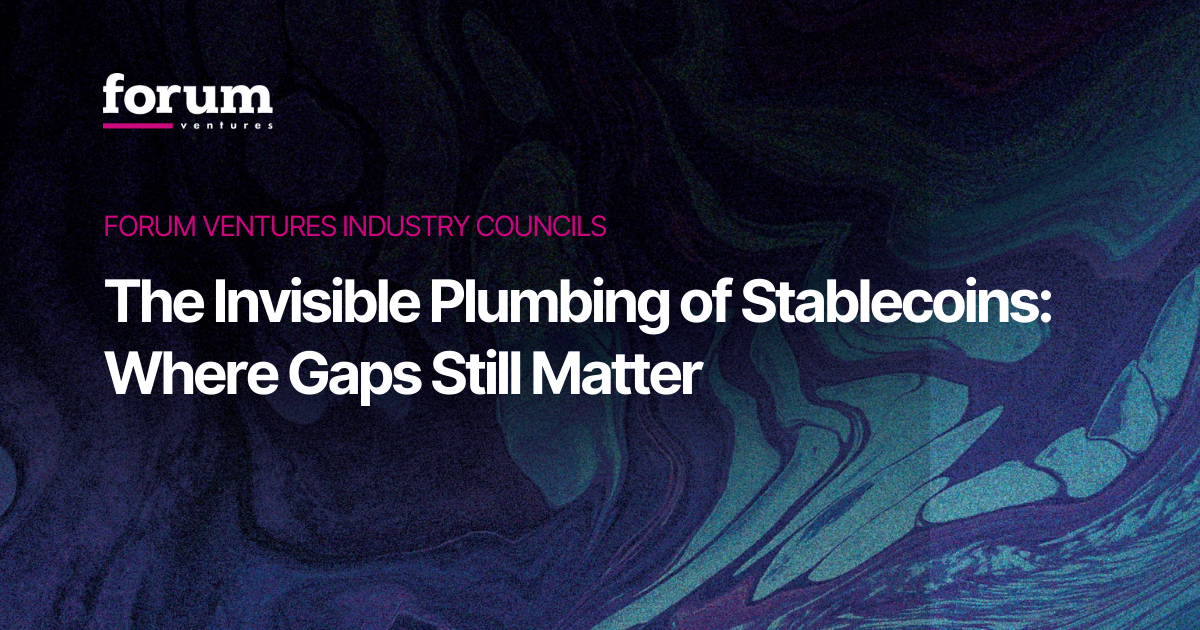Recognizing Readiness: Key Questions for Innovation Success
The most challenging step in any innovation project is figuring out when you’re ready to stop planning and start taking action. Jump in too soon and the whole project could face an uphill battle with a rocky start. Wait too long and analysis paralysis can set in, pushing back any real progress. Readiness is a critical step that every innovation team needs to go through, but it’s also the easiest place to get stuck.
When we interviewed and surveyed over 100 enterprise innovation leaders for our Enterprise Innovation Playbook, it became clear that knowing when to stop planning and start innovating was an issue that every innovation leader comes across on their journey. Throughout our in-depth interviews, we uncovered the three questions that successful innovation leaders ask themselves before taking action. If the answer to all of them is “yes,” then it’s time to get going. If the answer to any is “no,” then leaders know where to focus their efforts, making prep work far more effective and setting everyone up for action.
Question 1: Do you have the foundational groundwork?
Innovation projects cannot move into the action phase if you haven’t laid the right foundational groundwork. In enterprise innovation, foundational groundwork encompasses two pillars:
- A practical definition of innovation
- Hypotheses to test
A practical definition of innovation
In our research, innovation leaders have two definitions of innovation in their organization: theoretical and practical. The theoretical definition of innovation focuses on what innovation is supposed to do for the company, such as de-risk decision making, ward off new threats, increase operational efficiency, or build new market share. The practical definition, on the other hand, explains the tactical projects where energy will go in order to achieve those high level goals. This could include partnerships, building new technology, or launching new internal initiatives.
Successful innovation teams have an idea of what the company needs to achieve and roughly how it would like to achieve it. While the theoretical definition should hold constant for the given time horizon (for instance, 5-10 years), the practical definition is not set in stone but should be a guidepost for initial plans.
Hypotheses
Innovation projects cannot go forward without a hypothesis, which typically look like this:
“I believe that [action] will have [measurable result] because of [background / proof point that gives you confidence in your hypothesis].”
For example: “I believe that implementing a chatbot will increase customer satisfaction by 10%, correlating to an uplift in revenue, because of a new study where customers overwhelmingly said they prefer chatbots to humans.”
Question 2: Do you have a valid framework?
After you have the foundational groundwork of a definition and hypothesis, it’s time to ask if you have a valid framework in place. This also has two elements to it:
- Process
- Metrics
The process is, simply put, how you will test your hypothesis. In the chatbot example above, the process might be to pick a chatbot provider, set it up with the top 50 most-asked questions from support calls, and then test.
For more complex projects, for instance an internal innovation team that is built to ward off future threats, you may need a more in-depth process. One example could be the Three Horizons Framework, which is one framework that Arthur Orduna, the Chief Innovation Officer at Avis Budget Group, used in his innovation work. The framework looks like this:
Horizon 1: Improvements to current business lines and P&L statements
The primary focus of Horizon 1 is near-term, incremental improvements. Effort: 60-70% of your time.
Horizon 2: New and adjacent business opportunities
This Horizon is about augmenting the business. Effort: 10-25% of your time.
Horizon 3: Disruptive ideas and opportunities
Horizon 3 focuses exclusively on in-housing the novel concepts that could otherwise destroy you. Effort: 5-10% of your time.
The chatbot example might fit into Horizon 1 while you continue to plan other initiatives in Horizons 2 and 3. We go through detailed frameworks you can leverage for innovation projects in our Enterprise Innovation Playbook. Download it now (it’s free).
Metrics
In every project, you need relevant metrics to help you either prove or disprove your hypothesis. The second part of picking the right metrics is to make sure your framework is capable of tracking them.
In the chatbot example, a metric might be customer satisfaction scores. Measuring progress could come in the form of tracking customer satisfaction scores for 30 days prior and 30 days after implementation. This means in order for the test to be validated, there has to be a way to capture customer satisfaction scores before you start implementing the chatbot itself.
Question 3: Do you have buy-in and resources?
Getting stakeholders on board for an innovation project is critical for success. Without stakeholders on board, you’ll be fighting a constant uphill battle that will likely not end well. To get them on board, focus on their needs. We go into more detail in this article on talking to c-suite leaders about innovation, but the key point is to make sure you understand what’s blocking c-suite and P&L leaders from success and more profit. If you can show how your plan will help them achieve their goals, you’re far more likely to win their support.
The other side of getting support is not just buy-in, but resources. If you want to implement a chatbot, for example, and everyone is on board, that’s awesome. But you’ll need a budget to build or acquire a solution, for in-house developers to implement it, and for customer service employees to train the bot for launch. You’ll also need a mechanism to measure customer satisfaction, your key metric. In many cases, you can leverage resources that already exist in the business, but you still need to confirm the business is ok with you using them. The important thing to remember innovation projects are an investment with a hope of positive ROI, so buy-in should always come with the resources needed to run the test successfully.
If you’ve said yes to all three: Take action
If you’re able to answer all three questions with a “yes,” then it’s time to start taking action. While you can’t plan for every error and avoid every mistake, you’re set up to take action and begin learning. As you prove and disprove hypotheses, move onto the next one and the next one. Provided you have the right metrics in place, you’ll be in a position to continually learn and iterate until you really hit the nail on the head, so to speak.
Jumping into innovation without a plan could result in problems. However, waiting too long is equally risky. This article covered the three questions that will help you recognize when you’re ready to stop planning and start innovating. If you’re still not sure if you’re ready to take action, our Enterprise Innovation Playbook describes the steps to take in greater detail. If you are ready to take action, the Playbook explains how to run through various frameworks, measure outputs, and avoid common innovation pitfalls.
--
Interested in connecting with other Innovation and technology executives to share strategies, experiences and learnings? The Innovation Forum brings together Innovation execs across sectors to connect, share and support each other. Get exclusive resources, expert talks and first access to our growing community of B2B startups. Learn more by emailing me at Jon@forumvc.com.
.avif)
.avif)


.svg)




.avif)

